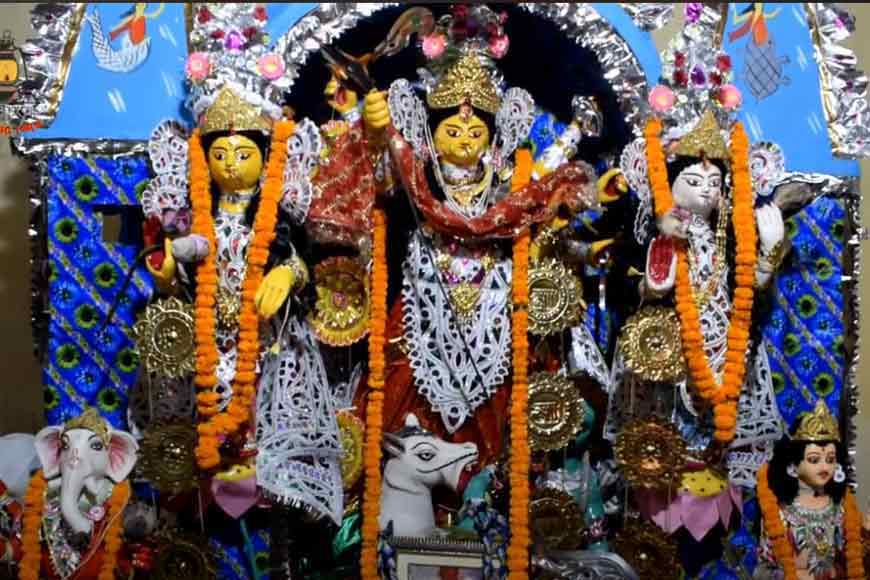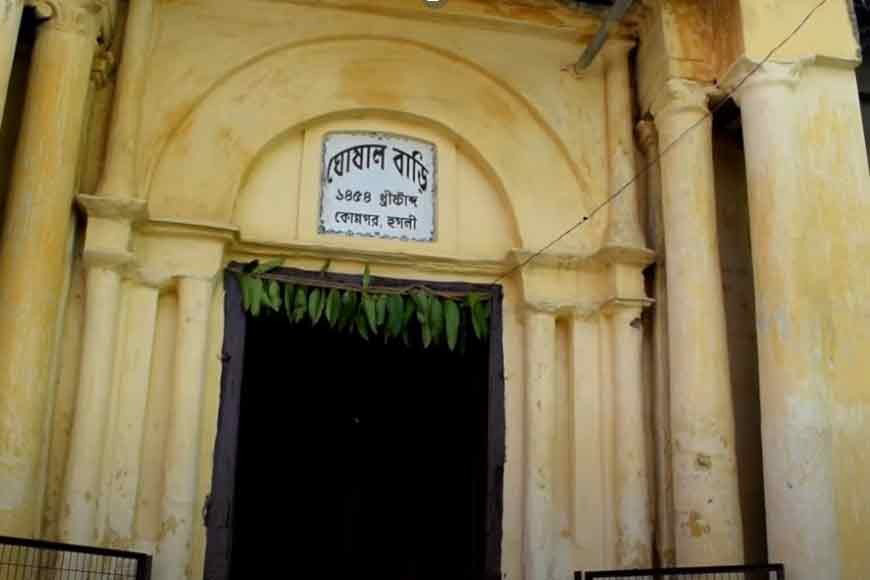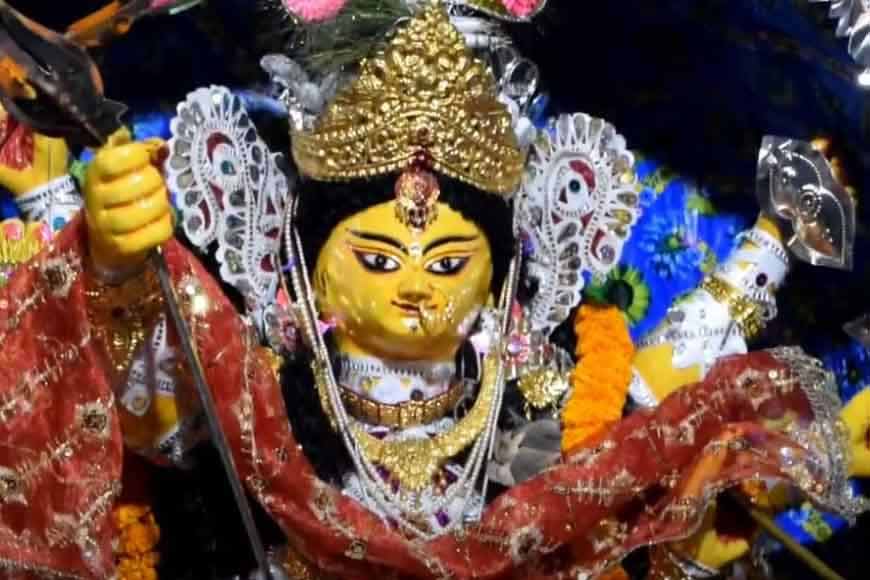Ghoshal Zamindar Bari Durga Pujo of Konnagar - GetBengal story

Durga Pujo of Ghoshal Bari, Konnagar, Hooghly
Durga Puja in Bengal, the cultural capital of India, is not merely a religious festival; it is a grand spectacle that engulfs the city in an aura of fervour and celebration. This annual event, dedicated to Goddess Durga and her divine triumph over evil, is a testament to the city's rich heritage, artistic prowess, and unwavering devotion. Away from the city, there are some pujas which take place in the heritage houses. One such puja is the Durga Puja of Konnagar in Hooghly.
The Durga Puja celebration at Ghoshal House in Konnagar, Hooghly, stands as one of the most ancient and revered traditions in the district, spanning an impressive history of 569 years. This age-old Puja is steeped in rich heritage and fascinating tales, making it a cherished cultural phenomenon. The inception of the puja took place when the Zamindar got the order of worshiping the deity in his dream.

Despite the passage of time and the departure of the British colonial rule, the Ghoshal Bari Durga Puja continues to captivate hearts and minds. What makes this Puja truly remarkable is its ability to evoke a sense of community and spirituality that resonates with devotees from all walks of life. After so many years of the British leaving our motherland, this puja still receives donations from the British every year during the Durga Puja. This puja has witnessed a range of things that include an attack of tigers to being a patron of the arts, nurturing talents and promoting cultural expressions.
The Ghoshal family are the zamindars of Konnagar, Hooghly. Their Zamindari started in 1454 AD. Since then, they had started worshipping Ma Durga in the “thakur dalan” of the house (a large inner space which is commonly noticed in the big old heritage houses). This year the puja of the Ghoshal Bari will complete its 569th year. On the days of the puja, sessions of music, dance and jatra-pala are conducted. At one time, many years ago, legends like Ustad Burdul Khan, Hemanta Mukhopadhyay and so on performed at this very house. Many things have changed with time but they still worship the deity with all the rules and rituals in mind.
From the young to the old, every member of the house participates in the puja. During British rule, they used to receive donations from abroad. They used to receive Rupees 750, at present this amount may seem odd as it is less than the “chanda” or donation given by each member of the locality to the local puja but in those times, Rupees 750 was enough to cover all the expenses of the puja and not only that, there was some surplus as well. The money that remained was sent back by the members of the house. This old tradition still goes on even today. Earlier, on Dashami, the immersion of the idol was done by taking the idol in the middle of the river Ganga, after that a blue-throated bird was made to fly away freely and then the idol was immersed. Unfortunately, on one such Dashami, a family member lost his life to a tiger attack. After that incident, the immersion of the idol takes place in the morning.

Ma Durga is offered all sorts of home-made sweets and food. The women of the household make small ‘naru’ of coconut and jiggery. On Dashami, the goddess is offered Ilish (Hilsa) as her bhog. The women of the house play with sindur or vermillion on Dashami and bid a cheerful goodbye to the deity. Nowadays, not many sessions of Jatra-palas or music sessions take place, so the members of the house organize some plays and enact them. Members belonging to all ages participate in these plays. Even this year they have similar plans. The whole family is not only busy with the puja but they are also busy with the rehearsals for the play.










